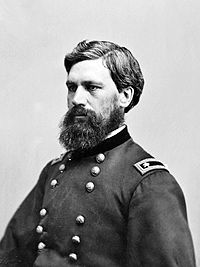My sister, brother and I donated one of the three cordboards that my mother owned to the Tustin (California) Museum in late 2008. The museum asked me if I could send them something about the history of this particular cordboard being in Orange County, California. However, events in my life caused a delay in a reponse. In October 2009, I sent the following email message to the museum:
I meant to send you a blurb about the cordboard that I donated to the museum last year but other events superceded my time.
My mother started an answering service at 1212 Sycamore Street in Santa Ana in 1968. She had been a supervisor at Orange County Answering Service that was located at the corner of Bush and 10th Street in Santa Ana. She was frustrated with the quality of service that her employer was willing to provide to its clients so she started her own business. Her sister who was an operator at Orange County Answering Service was my mother's first employee.
At the time that my mother started her business, Pacific Telephone leased the cordboards and provided maintenance support. The cordboard that I donated was one of three that my mother leased from PacTel. These cordboards were not new in 1968 and seemed to have been manufactured in the late 1940s. At some point PacBell did not want to support this type of cordboard. My mother ended up owning the three cordboards and the maintenance costs.
I came across a picture of my father's mother taken in 1910. She was sitting at a cordboard in the parlor of her parents' home. My great grandfather provided phone service to a small community in Anoka County, Minnesota. My Grandma was answering phones for 24 customers, but the picture did not look much different from a photo that I have of my mother in front of a cordboard with 100 slots. My mother met my father because she was one of the two teachers at a 2-room schoolhouse built on my grandmother's parents' property.
The cordboard that I donated was in operation until 2006. This is a picture of my mother in the early years of her answering service.
After I sent the information above to the museum, I received an email message that told me the following:
The cordboard you donated does attract a lot of attention since it appears that almost everyone "of a certain age" has a PBX story! (Including myself since I operated one in the 60s).
Note: PacBell and PacTel are the same company. The named changed as the telephone company monopolies were required to break up into smaller entities.


